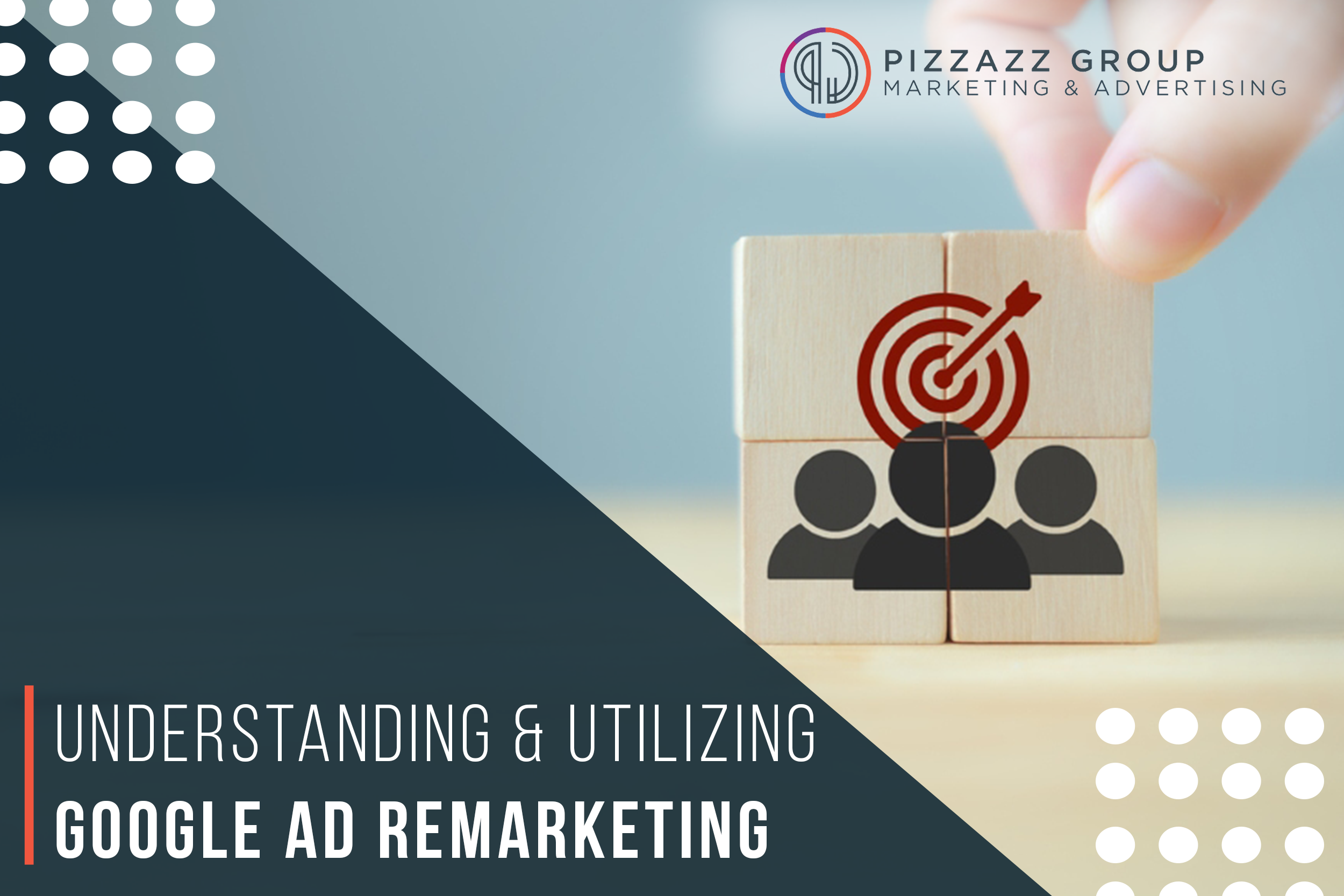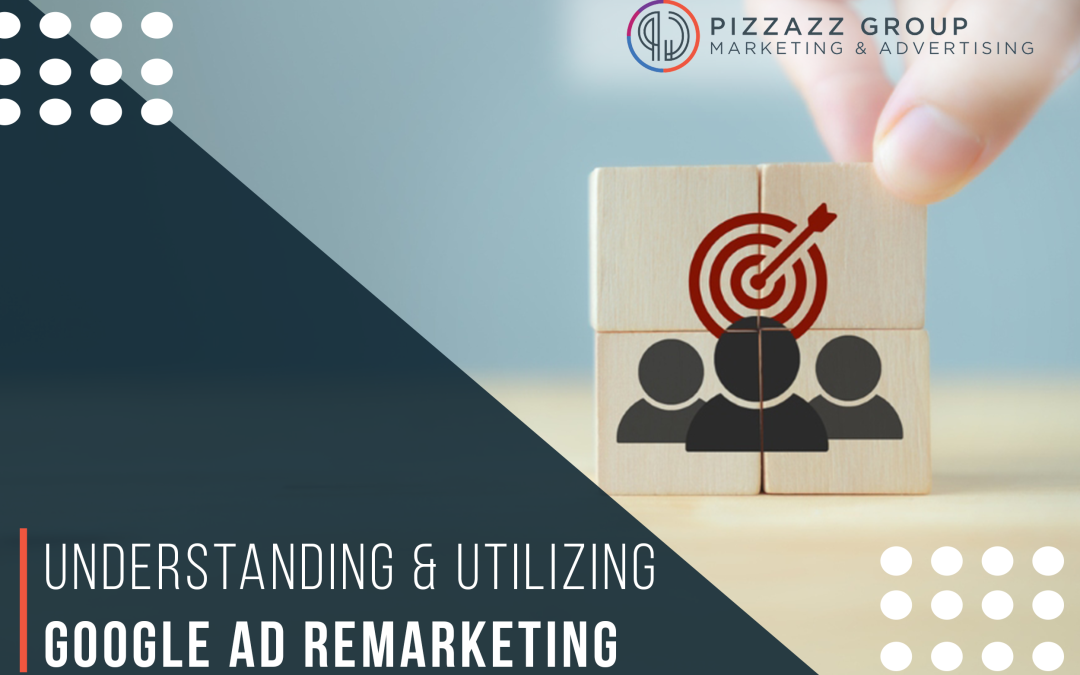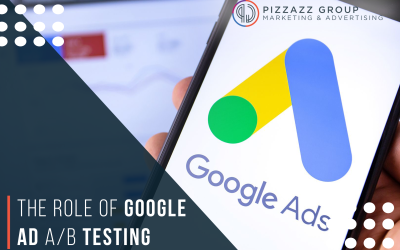
What is Google Ad Remarketing?
What is Google Ad Remarketing?

How Does Google Ad Remarketing Work?
Types of Google Ad Remarketing Campaigns
1. Standard Remarketing: Displays ads to past visitors as they browse websites and apps on the Display Network.
2. Dynamic Remarketing: Shows personalized ads featuring products or services that users viewed on your website, encouraging them to return and complete a purchase
3. Remarketing Lists for Search Ads (RLSA): Adjusts search ad bids or ad copy based on users’ past interactions with your website when they perform related searches on Google.
4. Video Remarketing: Targets users who have interacted with your YouTube videos or channel, displaying relevant ads as they watch other YouTube videos or browse the web.
5. Customer List Remarketing: Allows you to upload lists of contact information (such as email addresses or phone numbers) of your customers or subscribers to target them with ads across Google platforms.
Benefits of Google Ad Remarketing
• Increased Conversion Rates: By targeting users who have already shown interest in your offerings, remarketing campaigns can significantly boost conversion rates and drive sales.
• Enhanced ROI: Retargeting allows you to focus your advertising budget on users who are more likely to convert, optimizing ad spend and maximizing return on investment.
• Brand Recall and Engagement: Remarketing reinforces brand awareness and keeps your brand top-of-mind as users continue their online journey, fostering repeated engagement.
• Personalized Messaging: Tailoring ads based on users’ past interactions allows for more personalized and relevant messaging, increasing the likelihood of driving action.
Strategies for Effective Google Ad Remarketing
1. Segment Audiences Strategically
• Behavioral Segmentation: Create audience lists based on specific actions users have taken on your site, such as product views, cart abandonment, or website visits.
• Loyalty Segmentation: Segment customers based on their purchase history, loyalty status, or lifetime value to tailor remarketing efforts accordingly.
2. Customize Ad Messaging
• Dynamic Ads: Use dynamic remarketing to automatically generate ads featuring products or services that users have shown interest in, personalized to their browsing behavior.
• Promotional Messaging: Highlight special offers, discounts, or incentives to entice users to return and complete a purchase.
3. Optimize Frequency and Timing
• Ad Frequency Capping: Avoid overwhelming users with excessive ad exposure. Set frequency caps to control how often ads are shown to individuals within a specific time frame.
• Timing Strategies: Adjust ad delivery timing based on user behavior patterns and buying cycles to maximize relevance and engagement.
4. Utilize Cross-Device Remarketing
• Cross-Device Targeting: Reach users across multiple devices—desktops, tablets, and smartphones—with coordinated remarketing efforts to maintain consistent messaging and user experience.
5. Combine with Other Marketing Tactics
• Integrated Campaigns: Coordinate remarketing efforts with other digital marketing channels, such as email marketing, social media advertising, and content marketing, to reinforce messaging and maximize impact.
Best Practices for Google Ad Remarketing
• Continuous Testing: A/B test ad creatives, messaging variations, and audience segments to identify what resonates best with your target audience.
• Continuous Testing: A/B test ad creatives, messaging variations, and audience segments to identify what resonates best with your target audience.
• Monitor Performance: Regularly review key metrics—such as CTR, conversion rate, and ROI—to gauge campaign effectiveness and make data-driven adjustments.
• Ad Creative Optimization: Design visually appealing and compelling ad creatives that align with your brand identity and messaging goals
• Compliance with Privacy Policies: Ensure compliance with data protection regulations (e.g., GDPR, CCPA) when collecting and using user data for remarketing purposes.
Case Studies: Examples of Successful Remarketing Campaigns
1. Shoe/Orthotics Retailer
2. Gym
3. Lawn Care
Conclusion
Continuously analyze campaign performance, experiment with different approaches, and refine your strategies based on actionable insights to optimize remarketing efforts effectively. With a strategic approach to Google Ad Remarketing, you can nurture leads through the sales funnel, strengthen brand loyalty, and achieve sustainable growth in the competitive landscape of digital advertising.
For more information on Paid Search Advertising (PPC) / Google Ads for your business, contact Pizzazz Group at customer@pizzazzgroup.com or by calling (614) 350-1681.
Related Search Advertising (PPC) / Google Ad Blogs
Writing Effective Google Ad Copy That Converts
Crafting effective ad copy can capture attention and compel users to take action. This comprehensive guide will provide strategies, best practices, and tips for writing Google ad copy that not only attracts clicks but also converts those clicks into valuable leads or...
Analyzing Google Ad Performance
In the realm of digital marketing, Google Ads remains a cornerstone for businesses aiming to reach their target audience effectively. However, merely running ads is not enough to ensure success. Analyzing Google Ad performance is essential to understand how well your...
The Role Of Google Ad A/B Testing
Making adjustments to a Google ad campaign can be completed with confidence utilizing data-driven results. One powerful tool that advertisers can leverage is A/B testing, particularly within the Google Ads platform. A/B testing allows you to compare two versions of an...





